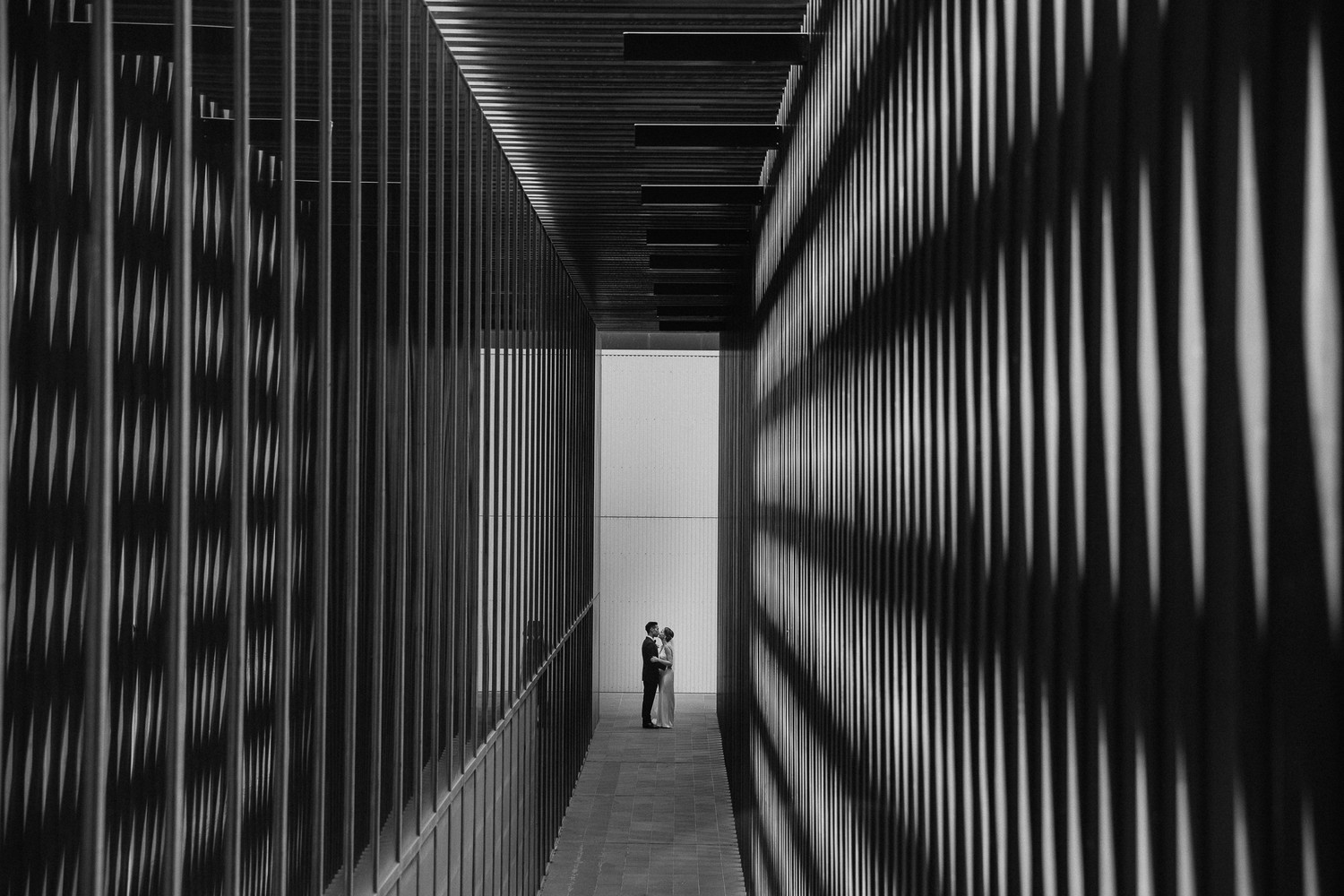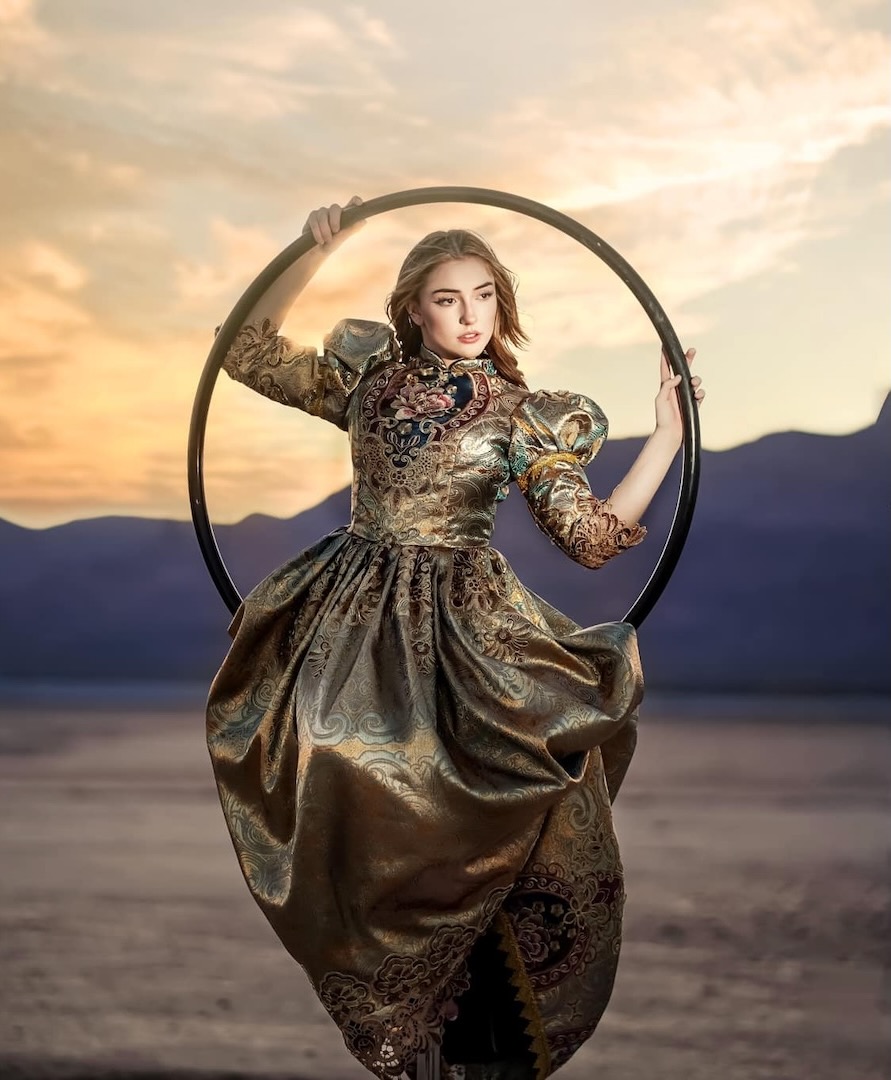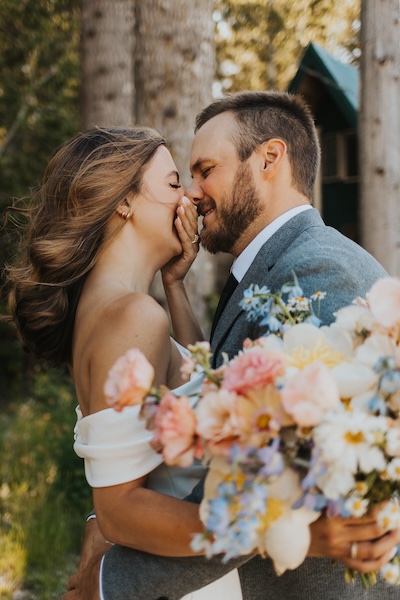WPPI
What makes an image successful, impactful or award-winning? To answer this question, I’ve decided to take a look back at 3 award-winning photos from our First Half Competition and ask the photographers themselves to break down the elements behind their success. Fortunately, winners Melissa Neumann, Thea Martin and Victor Yang were more than happy to share their artistry with me and help inspire other photographers to think outside the box with their photography. After all, when it comes to achieving success with award-winning photo elements, these three have it down pat.
The results are in! View the winners of WPPI’s Second Half Competition.
“Artemis”: An Award-Winning Cat Pose

[Read: WPPI’s Second Half Competition: How 3 Judges Approach Submissions]
Melissa Neumann is an accredited AIPP photographer based in Adelaide, Australia, and specializes in pet and animal photos as well as maternity, babies, family and children. Her image “Artemis” recently won First Place in the Animals and Pets category of WPPI’s First Half Competition. Here, she explains the elements that comprised the winning photo.
Arlene Evans: What type of lighting did you use to capture the cat?
Melissa Neumann: Bowens studio lights, specifically a large soft box in front and a model dish light at rear.
AE: How did you get the cat to sit so still?
MN: There are a few tricks I typically employ. I always make sure the pet has had a big play right beforehand, and I establish trust. This takes time with animals, especially cats, which I specialize in photographing. Everything is done to create a bond and also help direct the animal’s attention towards the camera. For this image, I had a second person on set using a feather on a stick to tease the cat into looking in the right direction.
AE: What was your original concept for this image?
MN: The original idea was designed around a Sphynx cat, but I loved it so much I wanted to do it with my cats as well. As for the concept and how I executed it, I started with three books from three famous authors who were also cat lovers—T.S. Eliot, Ernest Hemingway and Mark Twain—to give the image a bit of context and depth. I also wanted to create a book shelf/library type of environment, which required incorporating the right type of background (since I couldn’t do the shoot in a real library) and keeping the color tones in mind as well. The bookcase is a background that I once photographed and then reproduced as a larger backdrop, and the table the cat is seated on is the perfect shape and size for a cat. I also like how the red on one of the books helps draw viewers into the scene. (Watch the image being captured here (as well as the original one, with the Sphynx cats, here).
[Read: Why Enter WPPI’s Photo Competitions? Susan Stripling Explains]
“Autumn Sunrise Reflections”: Key Elements for Success
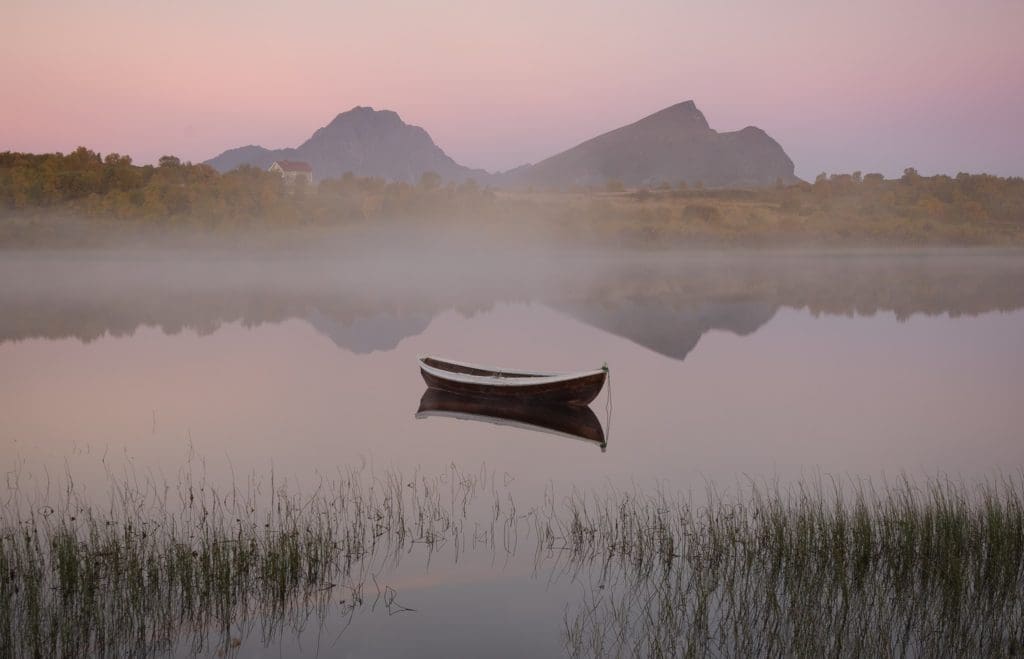
Thea Martin is a landscape, wildlife, night and street photography based in Oregon who also loves to shoot anything that looks “cool.” Her image, “Autumn Sunrise Reflections”, won First Place in the Landscape + Travel category. Here’s a breakdown of the award-winning photo elements that went into it.
Arlene Evans: What lens did you use to capture this beautiful scene?
Thea Martin: This was shot with a Nikon D810 and a 24-70 f/2.8 lens at 24mm and f/11.
AE: Was it taken just using natural light?
TM: Yes, it was taken right at sunrise in Lofoten, Norway, in the month of September.
AE: Did you need to do any post-processing?
TM: Yes, always. I shoot RAW so all of my images need processing. I strive to process my images to match the real scene and what I saw and felt that day. I often will take a few iPhone shots or video as I shoot so that I can document the scene.
AE: Do you have any tips on how to capture a beautiful outdoor moment?
TM: I always love to immerse myself in the environment and experience the moment. Getting the image made is important, but experiencing the adventure and the feeling it provides is an important part of it, too.
Nature photography is always something to behold and experience. Understanding how your impact on nature as a photographer is important. I always follow the Nature First principles that include prioritizing the well-being of nature over photography, and understanding and educating myself about the places I travel to and photograph. I use discretion when sharing specific locations, I follow the local rules and regulations, and most importantly, I always follow the Leave No Trace principles, striving to leave places better than I found them.
“Corridor”: An Award-Winning Photo’s Leading Lines
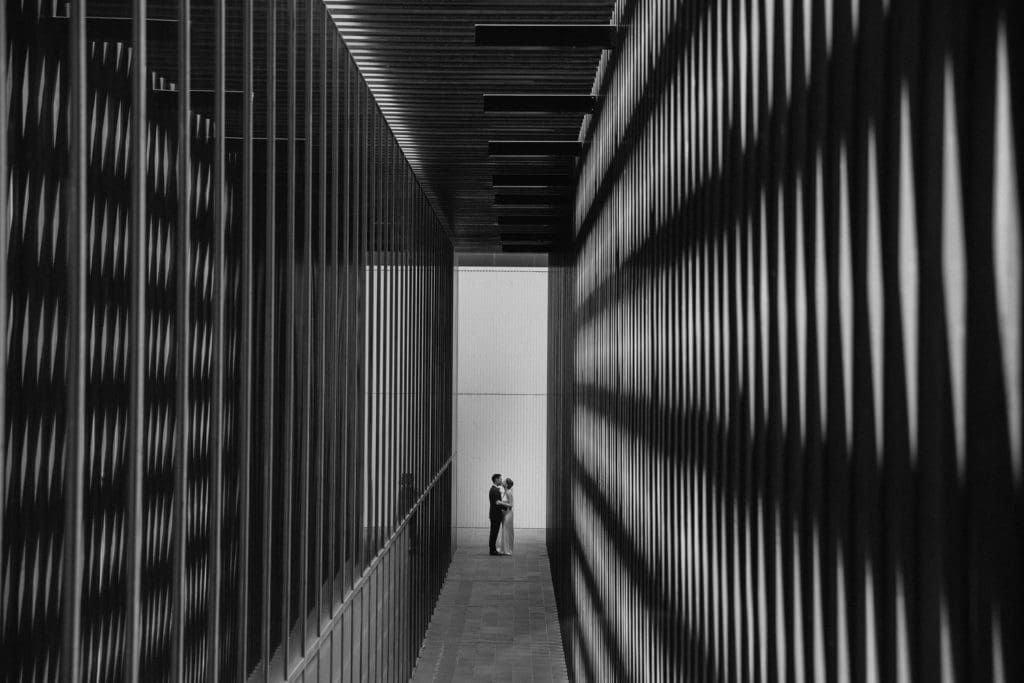
Victor Yang is a wedding photographer based in Melbourne, Australia, and his image “Corridor” won First Place in the Couple Together: Wedding Day category. What were the elements of his award-winning photo? He breaks it down for us here:
Arlene Evans: How did you decide to use this angle when taking the image?
Victor Yang: There are vertical lines on the side, horizontal lines on the ceiling and leading lines pointing to the end of the corridor. I wanted to keep the vertical lines parallel to the side of the image but I couldn’t do it at the same level as the couple because that would give me bad composition, so I had to find higher ground.
AE: Did you use any lighting other than natural light?
VY: No, this shot was done with just natural light. The leading lines toward the couple were shadows cast by sunlight.
AE: How much post-processing was needed?
VY: I applied a radial filter on the couple to bring down the exposure of the ambience. I removed a bicycle handlebar coming through the sidewall and cleaned up the ground.
AE: Is there anything else you would want to share about how you captured the image?
VY: I processed this image in black and white to bring more impact to the light and shadows.
Thank you to Melissa Neumann, Thea Martin and Victor Yang for responding to my questions on how they created their winning images. Every image has a unique story behind it and we can all learn from them to inspire our creations in a positive way.
Arlene Evans is the content director of the Photo Group, which includes Rangefinder, WPPI and PHOTOPLUS+. Previously, she was head of the photography channel at CreativeLive, and before that Director of WPPI. Email her at arlene.evans@emeraldx.com.

